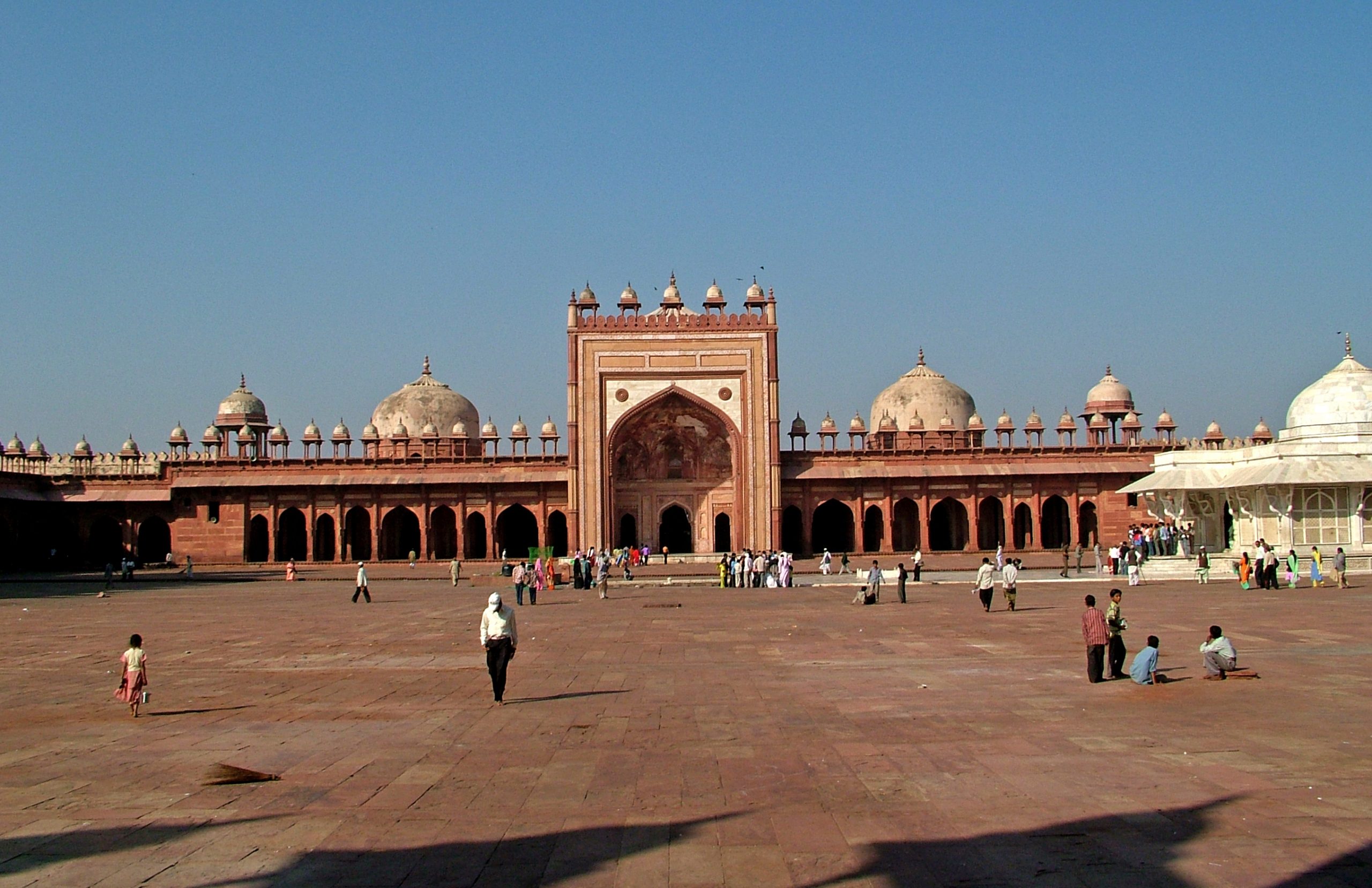Fatehpur Sikri: A Timeless Marvel Elevated to World Heritage Status
In the heart of India, the enchanting city of Fatehpur Sikri stands as a testament to the grandeur of Mughal architecture and the legacy of Emperor Akbar. Recognized as a UNESCO World Heritage Site, this historical gem has not only stood the test of time but has also captured the world’s imagination with its intricate designs and cultural significance. In this article, we delve into the historical tapestry, the path to World Heritage recognition, the reasons behind its designation, and the enduring impact of Fatehpur Sikri.

A Glimpse into History:
Founded in 1569 by Emperor Akbar, Fatehpur Sikri served as the Mughal capital for a brief period. Its architectural splendor is a blend of Persian, Indian, and Islamic styles, reflecting the cultural diversity of the Mughal empire. The city’s grandeur was curtailed due to water scarcity, leading to its eventual abandonment.
Date of Designation:
Fatehpur Sikri was designated as a UNESCO World Heritage Site on July 9, 1986. This recognition marked a significant milestone in preserving and celebrating the architectural heritage of the Mughal era.
Reasons Behind its Designation:
Several compelling factors contributed to Fatehpur Sikri’s inclusion in the UNESCO World Heritage List:
- Architectural Excellence: The city is home to an array of majestic structures, including the Buland Darwaza, Diwan-i-Khas, and Panch Mahal. The intricate carvings, graceful domes, and innovative layouts showcase the Mughal mastery of architectural design.
- Cultural Fusion: Fatehpur Sikri exemplifies the fusion of various cultural influences. Its architecture integrates elements from Persian, Hindu, and Islamic traditions, symbolizing the syncretic nature of the Mughal empire.
- Historical Significance: The city was a crucible for important political and cultural developments during Akbar’s reign. It was not only a strategic military base but also a hub for administrative innovations and interfaith dialogue.
- Urban Planning: Fatehpur Sikri’s layout was meticulously planned to facilitate efficient administration and communal living. Its unique planning, use of open spaces, and thoughtful architecture provide insights into urban planning of the Mughal era.
Impact of World Heritage Status:
The UNESCO World Heritage recognition has left a lasting impact on Fatehpur Sikri and its surroundings:
- Conservation Efforts: The designation has led to increased efforts in preserving and maintaining the city’s architectural elements. Restoration projects address wear and tear, ensuring the preservation of this historical treasure.
- Cultural Tourism: The recognition has attracted tourists from around the world, bolstering local economies and providing an opportunity for cultural exchange.
- Educational Significance: Fatehpur Sikri’s World Heritage status serves as an educational resource, offering insights into the Mughal empire’s artistic, cultural, and administrative achievements.
Conclusion:
Fatehpur Sikri’s journey to becoming a UNESCO World Heritage Site is a tribute to its architectural brilliance and historical significance. As it continues to stand as a testament to the cultural diversity and artistic achievements of the Mughal empire, it invites us to journey back in time and appreciate the legacy left behind by Emperor Akbar and his visionary architectural creations. Preserving and cherishing such sites ensures that future generations can marvel at the timeless beauty and historical importance they embody.




